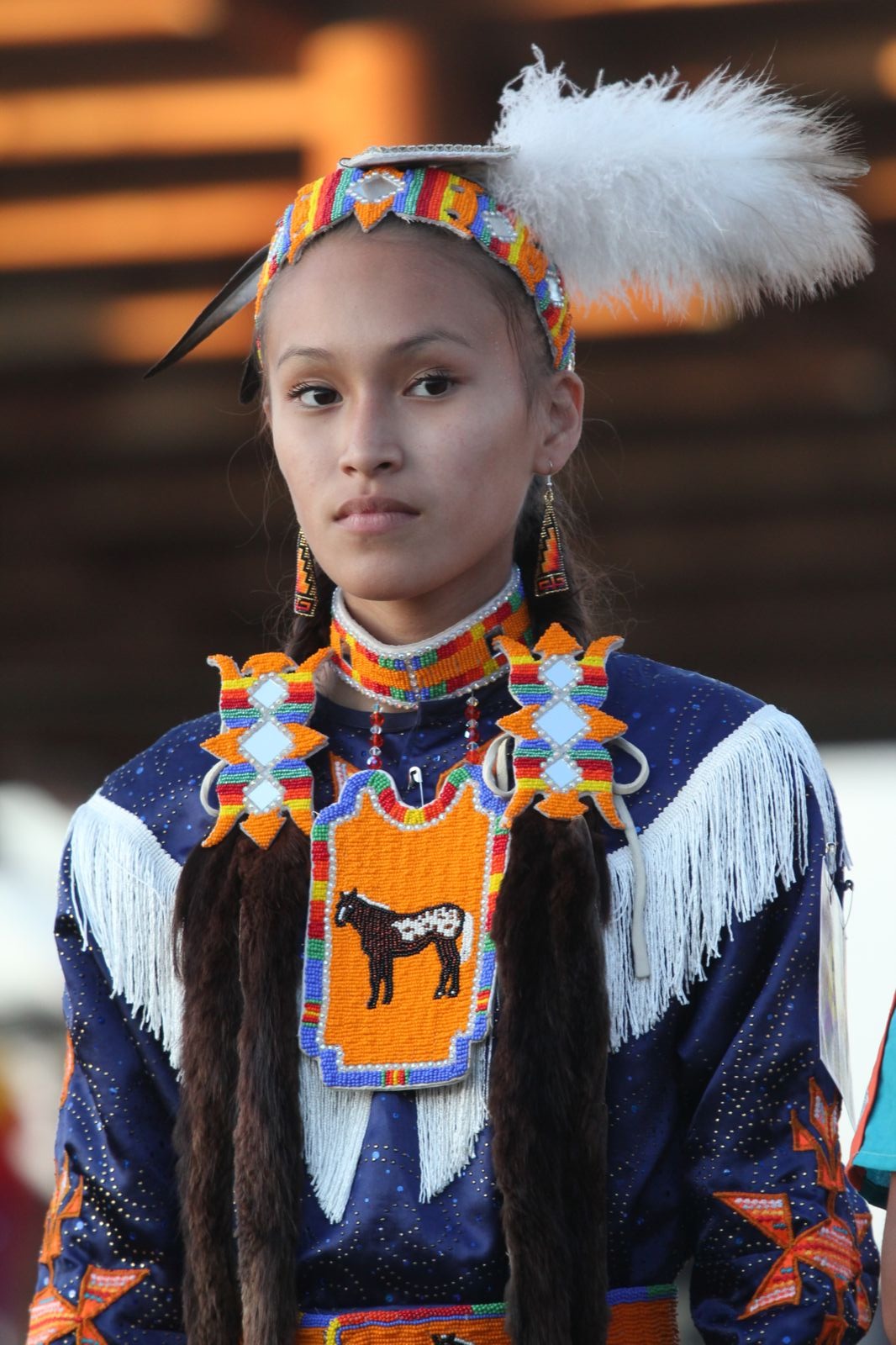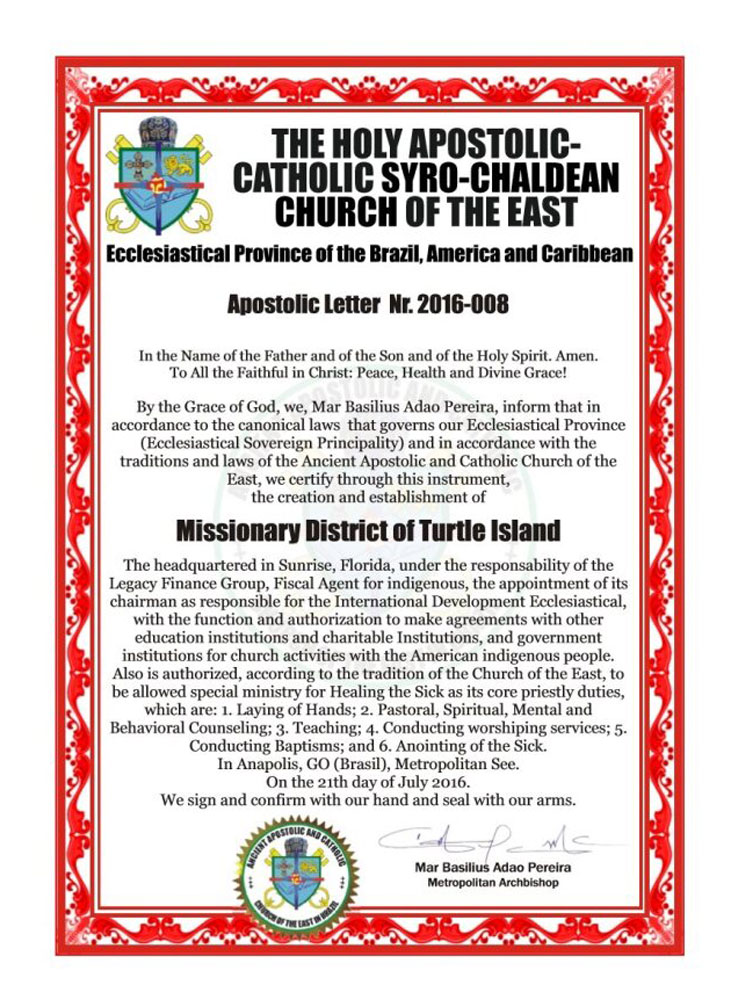
Amplifying Tomorrow’s Ancestors: Supporting Indigenous Youth Activism on Turtle Island
On Turtle Island, a vibrant, resilient, and increasingly vocal movement is taking root, driven by the youngest generation of Indigenous peoples. Far from being passive recipients of colonial legacies, Indigenous youth are emerging as powerful architects of change, leading movements for land back, climate justice, cultural revitalization, and the reclamation of sovereignty. Their activism is not merely a call for justice but a profound assertion of self-determination, rooted in ancestral knowledge and a fierce love for their communities and the land. Supporting these young leaders is not just an act of allyship; it is an investment in a more equitable, sustainable, and just future for all inhabitants of this continent.
The urgency of Indigenous youth activism stems from a unique confluence of factors. They are the inheritors of profound historical trauma—from residential and boarding schools to forced displacement and the ongoing impacts of resource extraction—yet they also inherit millennia of resilience, traditional ecological knowledge, and deep spiritual connections to the land. This generation, often described as "tomorrow’s ancestors," feels the immediate repercussions of climate change, environmental degradation, and systemic injustices with a sharp clarity. They see their traditional territories threatened, their languages fading, and their elders’ wisdom at risk of being lost. For them, activism is not a choice but a necessity, a sacred duty to protect what remains and to rebuild what was lost.
One of the most compelling aspects of this youth-led movement is its multifaceted nature. Indigenous youth are at the forefront of the Land Back movement, asserting inherent rights to ancestral territories and challenging the colonial frameworks of land ownership. From the Wet’suwet’en Yintah in so-called British Columbia, where young hereditary chiefs and their supporters stand against pipeline encroachment, to the Kanien’kehá:ka youth at 1492 Land Back Lane defending their territory in Ontario, their actions underscore a fundamental principle: land is not merely property but the source of identity, culture, and life. "We are not just fighting for our land; we are fighting for our future, for the water our children will drink, for the languages our elders gifted us," a hypothetical young leader might articulate, encapsulating the holistic vision.
Simultaneously, Indigenous youth are global leaders in climate justice. Figures like Autumn Peltier, an Anishinaabek water protector from Wiikwemkoong First Nation, have addressed the United Nations, demanding clean water for all Indigenous communities. Quannah Chasinghorse, a Hän Gwich’in and Sicangu Oglala Lakota model and activist, leverages her platform to advocate for the Arctic National Wildlife Refuge and MMIWG2S (Missing and Murdered Indigenous Women, Girls, and Two-Spirit People). Their advocacy highlights that climate change disproportionately affects Indigenous communities, whose traditional livelihoods and spiritual practices are intimately tied to healthy ecosystems. They understand that environmental destruction is a direct attack on their cultural survival.
The MMIWG2S crisis is another critical arena where Indigenous youth are making their voices heard. They organize vigils, protests, and awareness campaigns, demanding justice for the thousands of relatives stolen by violence and neglect. They call for systemic changes within law enforcement, justice systems, and social services that have historically failed to protect Indigenous women, girls, and Two-Spirit people. Their activism here is deeply personal, driven by a desire to heal their communities and ensure that no more loved ones go missing without accountability.

Moreover, this generation is leading a profound cultural revitalization. Through social media, art, music, and direct action, they are reclaiming languages, ceremonies, and traditional practices that were suppressed by colonial policies. They are challenging harmful stereotypes and asserting the beauty and strength of their diverse cultures. This resurgence is vital for healing historical trauma and building strong, self-determined communities.
Supporting Indigenous youth activism requires a conscious, deliberate effort from non-Indigenous allies and institutions. It moves beyond performative allyship to tangible, impactful actions.
Firstly, listening and amplifying their voices is paramount. Indigenous youth are often marginalized in mainstream media and political discourse. Allies must create platforms, share their stories authentically, and ensure their perspectives are centered in discussions about their futures. This means stepping back and allowing them to lead, rather than speaking on their behalf.
Secondly, providing direct financial resources is critical. Indigenous youth-led initiatives often operate with minimal funding, relying on volunteer efforts. Scholarships for Indigenous students pursuing higher education, grants for youth-led community projects, and direct funding to Indigenous organizations that support youth leadership are essential. These resources enable young activists to focus on their work without the added burden of financial precarity, offering opportunities for training, travel, and sustained engagement.
Thirdly, mentorship and skill-building are invaluable. Connecting young activists with elders, legal professionals, media strategists, and experienced organizers can provide crucial guidance and tools. Workshops on digital advocacy, grant writing, public speaking, and community organizing can empower them to be even more effective. This support should be offered in a way that respects Indigenous knowledge systems and self-determination, allowing youth to define their own learning paths.
Fourthly, advocacy and allyship within dominant systems are vital. Non-Indigenous individuals and organizations can leverage their privilege to challenge racist policies, call out injustices, and lobby for legislative changes that uphold Indigenous rights. This could mean writing letters to politicians, participating in peaceful protests when invited, or educating their own communities about Indigenous issues. As an anonymous ally might state, "Supporting Indigenous youth isn’t just about charity; it’s about justice, reconciliation, and building a better world for everyone."
Fifthly, education and challenging misinformation are ongoing responsibilities. Learning about Indigenous history, treaties, and contemporary issues is a baseline requirement. Allies must actively challenge false narratives, stereotypes, and historical revisionism in their own spheres, becoming informed advocates for truth and reconciliation.
Finally, and crucially, ensuring their protection and well-being must be a priority. Indigenous youth activists often face significant risks, including harassment, threats, legal repercussions, and burnout. Creating safe spaces, offering legal aid, and providing mental health resources are essential to sustaining their long-term engagement and mitigating the heavy emotional toll of their work.
The challenges faced by these young leaders are immense. They navigate systemic racism, intergenerational trauma, and the constant pressure of representing their communities in a world that often fails to understand or respect their perspectives. The burden of fighting for survival and justice can be overwhelming. Yet, their resilience, creativity, and unwavering commitment continue to inspire.

The impact of Indigenous youth activism is undeniable. They are shifting narratives, holding governments and corporations accountable, and inspiring a new generation of leaders within and beyond their communities. Their voices are compelling a deeper examination of colonial legacies and pushing for genuine reconciliation. The fact that Indigenous youth are the fastest-growing demographic in Canada, with a median age significantly younger than the non-Indigenous population (Statistics Canada, 2021 Census), underscores their demographic power and the profound influence they will wield in shaping the future. They are not merely the leaders of tomorrow; they are the leaders of today, actively shaping a present that demands justice, respect, and ecological balance.
In conclusion, supporting Indigenous youth activism on Turtle Island is a moral imperative. It means recognizing their inherent sovereignty, respecting their knowledge, and investing in their vision for a future where Indigenous peoples thrive on their own terms. It is about fostering a generation that is healing historical wounds, reclaiming cultural strength, and leading the way towards a more just, equitable, and sustainable world for all. By listening, learning, and acting in solidarity, we can help amplify the voices of these powerful young ancestors, ensuring their movements for justice resonate across the land and inspire generations to come.


